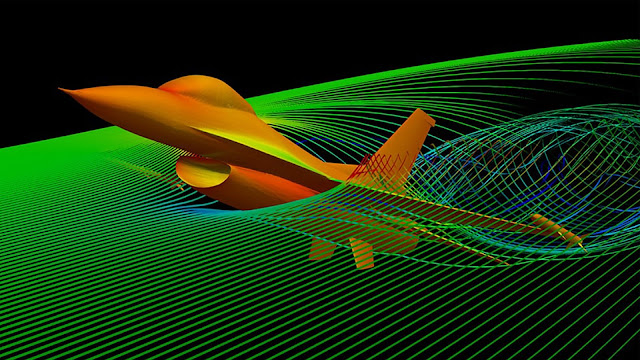Computational Fluid Dynamics Market Focusing on Top Leading Players, Share, Future Trends, Opportunities including Key Players Forecast till 2028
Computational fluid dynamics is a branch of fluid machines that aids in the calculation and analysis of liquid and gas flow. The Navier Stokes equations, which describe single phase fluid flow, are used in computational fluid dynamics. Computational fluid dynamics predicts the effect of liquid and gas on an object by combining physics, applied mathematics, and computational software.
The expansion of the automotive industry creates significant opportunities for the Computational Fluid Dynamics Market. According to the "Organisation Internationale des Constructeurs d'Automobiles," 98.8 million vehicles were sold worldwide in 2016, an increase from 89.7 million in 2015. This indicates that the CFD market will grow at an exponential rate during the forecast period. Furthermore, the increasing R&D investment in the aerospace and defence industries provides a significant growth opportunity for the global CFD market.
North America dominated the global Computational Fluid Dynamics Market in 2016 and is expected to maintain its dominance during the forecast period, followed by Europe.
One major impediment to market growth in the aerospace and defence industries is the relatively slow adoption of cloud-based solutions due to data security and privacy concerns caused by hacking and other attacks on cloud infrastructure. Despite the fact that a few vendors offer the cloud-based model, many end users are hesitant to purchase it. Furthermore, customers prefer to use open source CFD software rather than pay a high price for commercial licences. The aforementioned factor is also expected to limit market growth over the forecast period.
The growth of cloud services has increased the demand for data centres significantly. Computational Fluid Dynamics Market is commonly used in data centres for thermal modelling because it aids in identifying areas with low air flow. It also provides a 3-D view of cold air movement, which aids in cooling data centre racks. Furthermore, CFD can easily identify areas that are subjected to more cooling than is actually required. Because CFD is useful for understanding the changes caused by the addition of new hardware, its popularity among end users is expected to skyrocket in the coming years.




Comments
Post a Comment